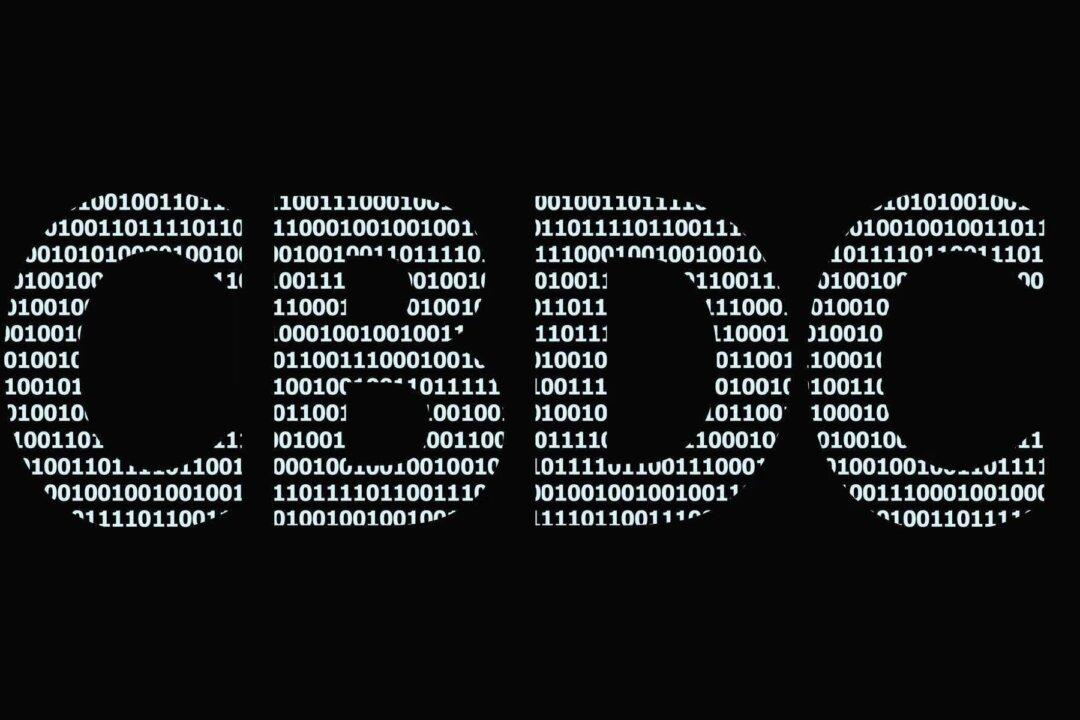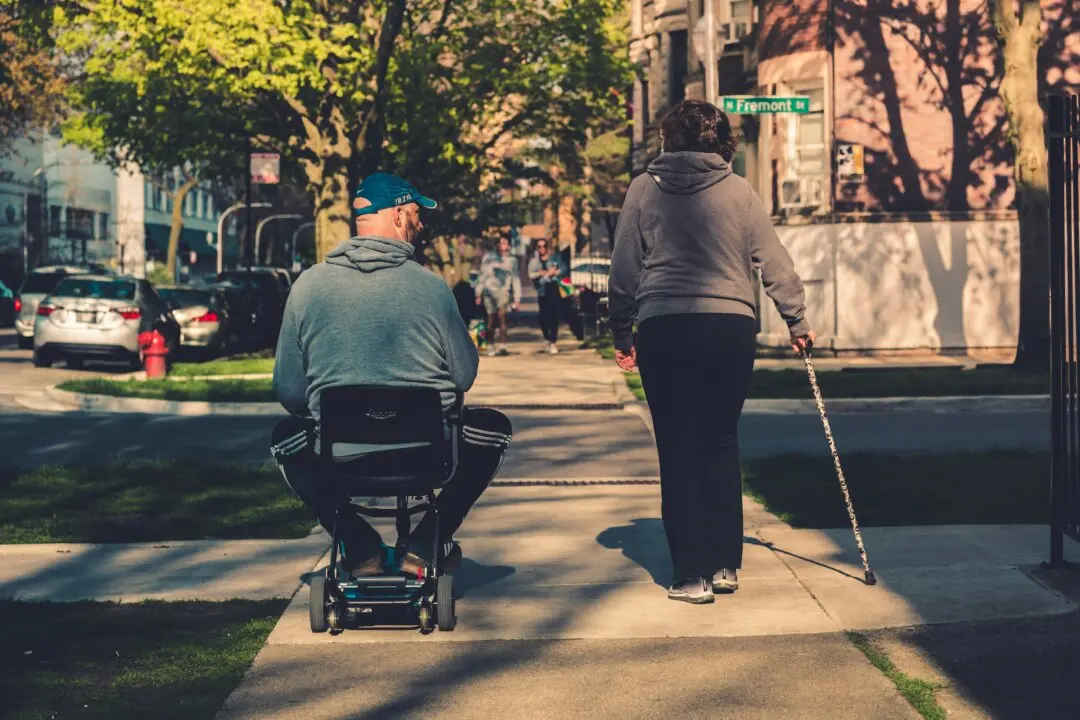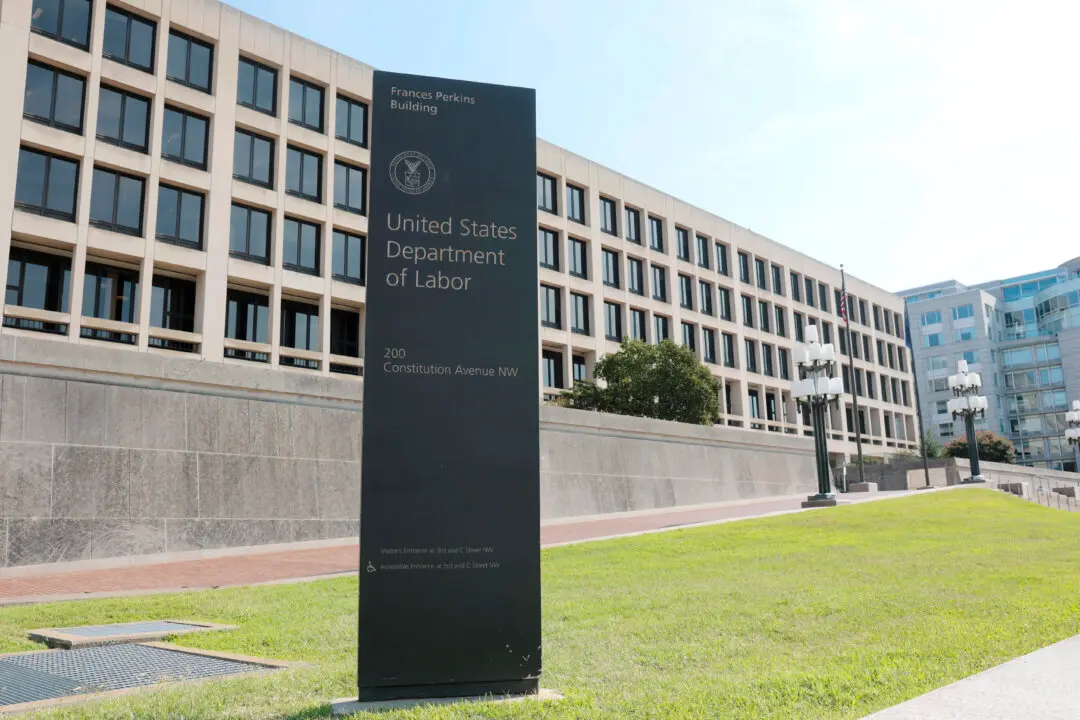Commentary
We’ve all wondered precisely how our elite masters will impose a central bank digital currency (CBDC) on us. There is vast public resistance to the whole scheme. Given that, there needs to be some creative way to get from here to there. We are now gaining a glimpse into how this will work.





